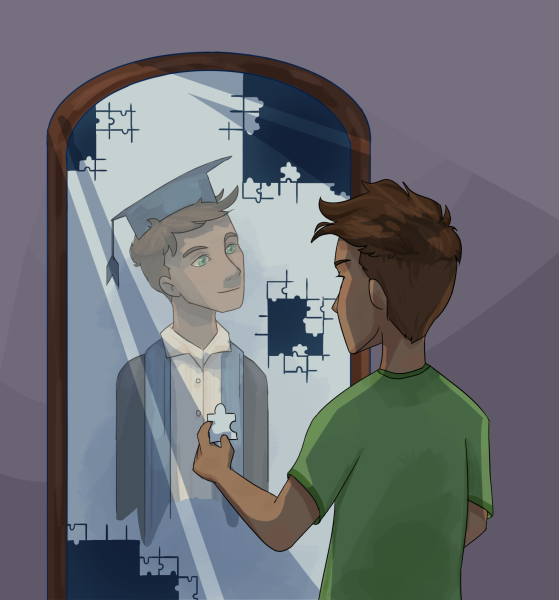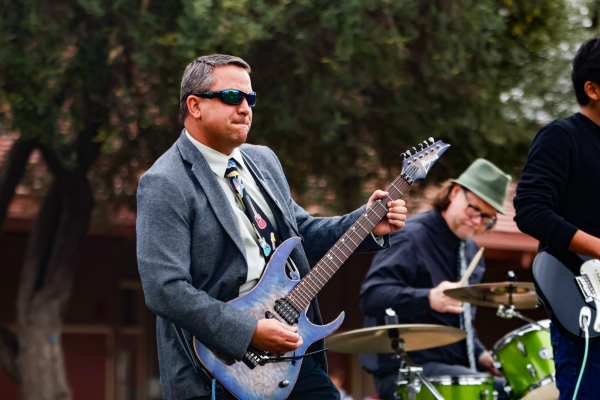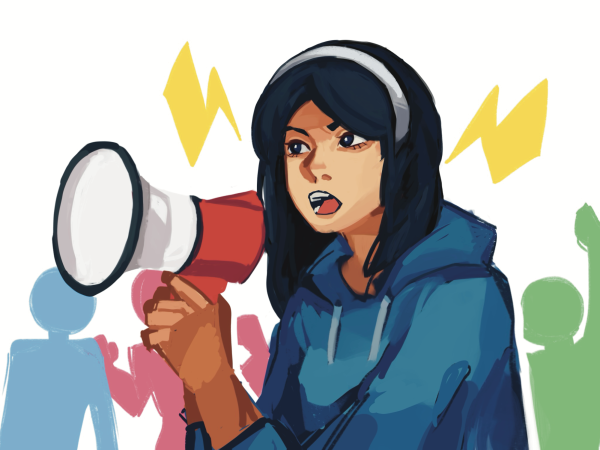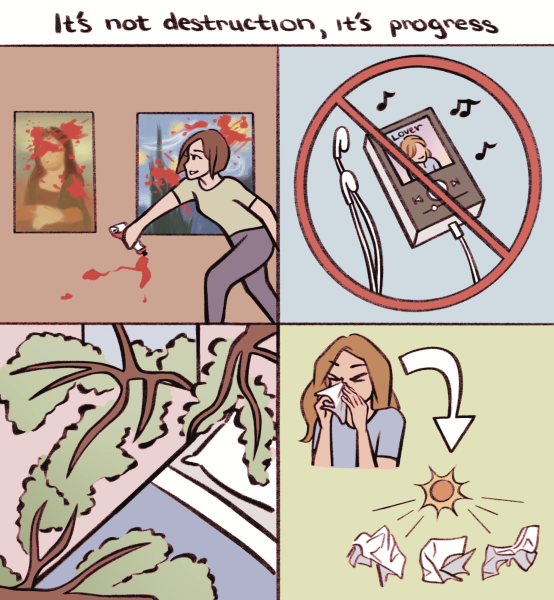Improving in-class body language for students
Students’ body language in class conveys their mood and readiness to learn the curriculum
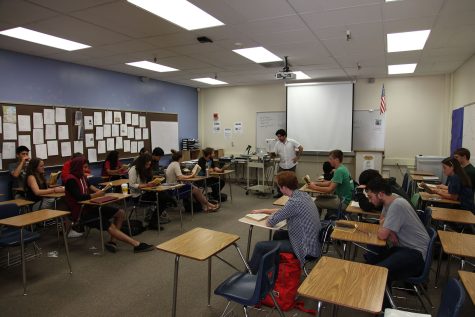 Teachers can tell sense the strength and value of a student-teacher relationship from body language. Getting good grades and showing effort are not the only factors in garnering respect from teachers, who also care about attitude. Students can use their body language to convey respect and also adjust their body to become more engaged in class.
Teachers can tell sense the strength and value of a student-teacher relationship from body language. Getting good grades and showing effort are not the only factors in garnering respect from teachers, who also care about attitude. Students can use their body language to convey respect and also adjust their body to become more engaged in class.
Social psychologist and Harvard Business School professor Amy Cuddy’s viral TED talk “Your body language shapes who you are” informs everyone from students to businessmen about the importance of paying attention to body language.
“Social scientists have spent a lot of time looking at the effects of our body language, or other people’s body language, on judgments,” Cuddy said. “And we make sweeping judgments and inferences from body language.”
Cuddy’s talk emphasizes that people can detect power and attitude in others based on outward appearances. Palo Alto High School teachers agree that students project an array of different messages with their appearances, and that they use these messages to adjust their teaching mechanisms.
“I’m constantly working with students and their ideas,” art teacher Kate McKenzie said. “I’m always kind of pushing students, sometimes beyond their comfort [zones]. I can tell right away from people’s body language whether I’ve pushed them too far and I need to pull back, or just let them make the choice to get people comfortable again.”
So what can we as students do to improve the way we participate in our classes?
Make eye contact
“Body language tells me whether or not students are ready to learn and eager to learn, or whether or not they’re resistant to learning or appearing to be resistant to what we have to teach,” World History teacher Steve Sabbag said. “Classic things are like sitting up straight, eye contact [and] where your hands are, versus slouching [and] not making eye contact.”
Sit up straight
“If you look collectively at body language, sometimes you can tell how students are receiving the activity or information,” English teacher Melissa Laptalo said. “Sometimes if a lot of students look kind of bored or tired, the pacing might be too slow for what you’re doing. If you can see a lot of students really sitting up in their chairs and leaning forward, you can tell that they’re engaged in what’s happening.”
Using the power pose, or “making yourself big”
In a study of Master of Business Administration (MBA) students, Cuddy noticed that power poses and the lack thereof predicted the students’ behavior in class. “You have people who are like caricatures of alphas, really coming into the room, they get right into the middle of the room before class even starts, like they really want to occupy space,” Cuddy said. “You have other people who are virtually collapsing when they come in … [It] seemed to be related to the extent to which the students were participating, and how well they were participating.”
A more comfortable, spread-out position may help you overcome your fears of peer judgement. Not hiding your face with your hands and not resting your chin on the table will make you seem more commanding.
Apply meditative techniques
Body language can help you as much as it helps your teachers like you. By relaxing your shoulders and taking big cleansing breaths, mindfulness helps you stay awake in class to digest information. Keep your feet flat on the floor to prevent leg-shaking and further distractions.
Some simple tweaks in eye contact and posture could also make you feel more engaged in whatever class you are in and take the fear out of participating. These changes can also help teachers feel more listened to and more respected. Teachers are human, and while speaking in class may be difficult, teachers are the ones who need to communicate to an entire room all the time.
Showing respect would make their lives easier and strengthen your relationship with them.
Your donation will support the student journalists of Palo Alto High School's newspaper

